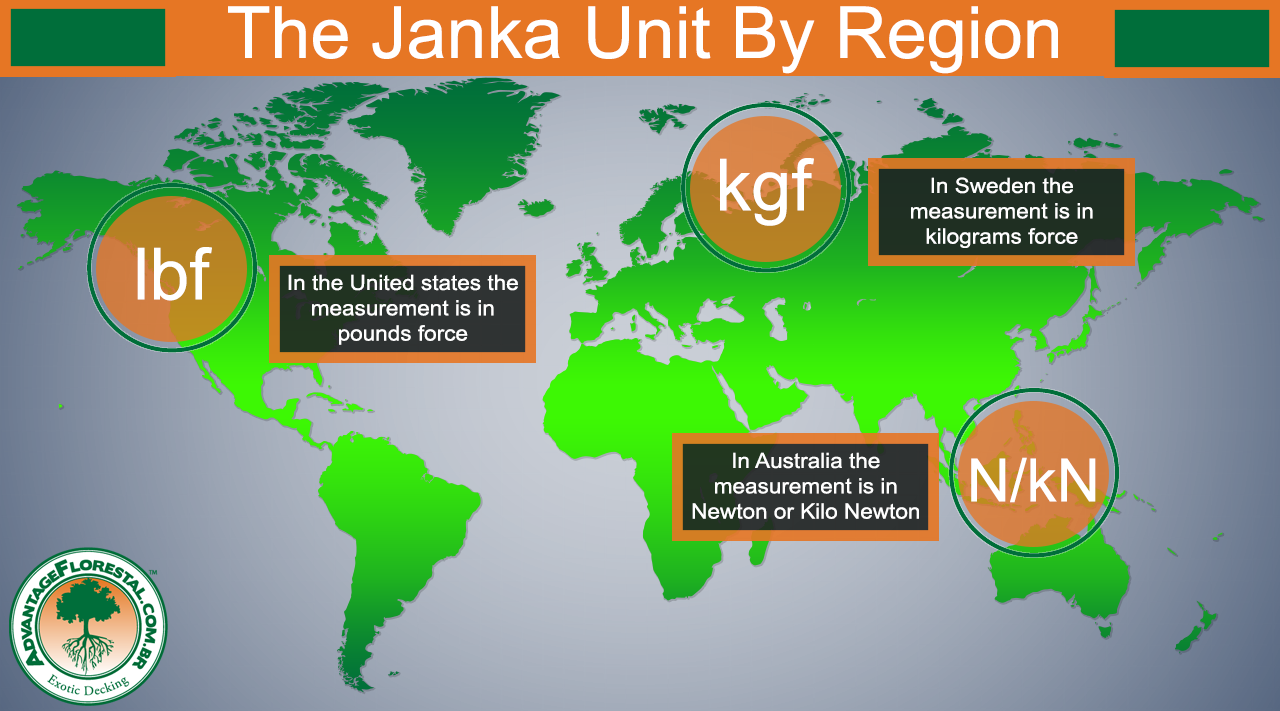
The Janka Scale for our hardwood species
How hard is wood ?
How is it determined ?
What does the test consist of ?
These are just a few questions that might come up when you hear about how hard a wood is.
The fact is not many people understand the testing, and even fewer look to improve upon it. The Janka Scale has done a good job in giving a broad reference to relative hardness. The thing it has solved is some of the issue’s that have evolved from it.
Here’s how the Janka test works:
- A small steel ball 11.28mm (.444 in) is placed on a board.
- Pressure is then applied to the ball until it sinks half of its width into the piece of wood.
- When the ball reaches the halfway point the test is completed and the results recorded.
- For consistency reasons the test is conducted on a flat grain instead of the sides or ends.
Problems With the Janka Test ?
As good as the Janka test is for a “general idea” it does have some issues. Anyone who spends a lot of time around hardwood knows how much grain can vary. The variance in that grain changes the hardness. A small steel ball only tells one small story, about one small part, of one small piece of wood. Within a single piece of decking it is conceivable that there could be several different strengths. Another problem is wood have a hard section (autumnal growth) of grain and a softer (spring growth) section in which the piece isn’t being tested as a whole unit.